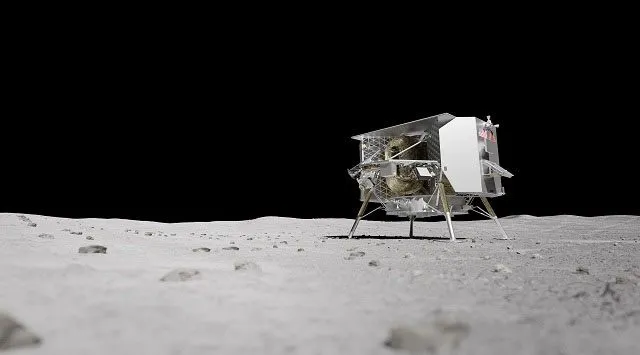NASA will start 2024 by sending 5 payloads to the Moon tomorrow

WASHINGTON: The US space agency is set to send five payloads to the Moon on Monday aboard Astrobotic’s Peregrine lander, called Astrobotic Peregrine Mission One, in its first launch of 2024. The inaugural launch under the agency’s CLPS (Commercial Lunar Payload Services) initiative will launch from Cape Canaveral, Florida, on a United Launch Alliance Vulcan rocket. NASA’s payload will aim to detect water molecules on the Moon, measure radiation and gases around the lander, and evaluate the lunar exosphere (the thin layer of gases on the Moon’s surface).
These measurements will improve our understanding of how solar radiation interacts with the lunar surface, the space agency said in a statement. The payload will also provide data to NASA’s Lunar-VISE (Lunar Vulcan Imaging and Spectroscopy Explorer) instrument suite, which is scheduled to land on the Gruythusen Domes in 2026. “We are very excited to see this vision become a reality.
CLPS is an innovative way to leverage American companies to send critical science and technology payloads to the Moon, said Nicola Fox, associate administrator for the Science Mission Directorate at NASA Headquarters in Washington. “The Moon is a rich destination for scientific exploration. Studying and sampling the moon’s atmosphere will help NASA uncover some of the greatest mysteries of our solar system for the benefit of everyone,” Fox said. The Peregrine lander is targeted to land on February 23 at Sinus Viscositatis, a lunar feature outside the hardened lava Gruythusen Domes near the moon. NASA said large amounts of water are required to form similar natural formations on Earth, leading scientists to believe there may be evidence of water on the Moon at this landing site. Astrobotic is one of 14 vendors eligible to fly NASA payloads to the Moon through the CLPS initiative, which began in 2018.
















